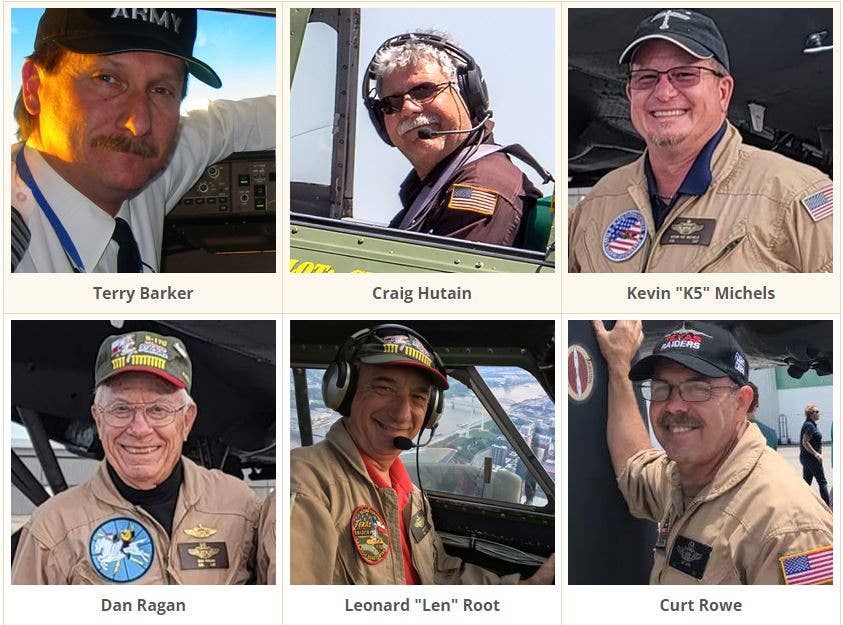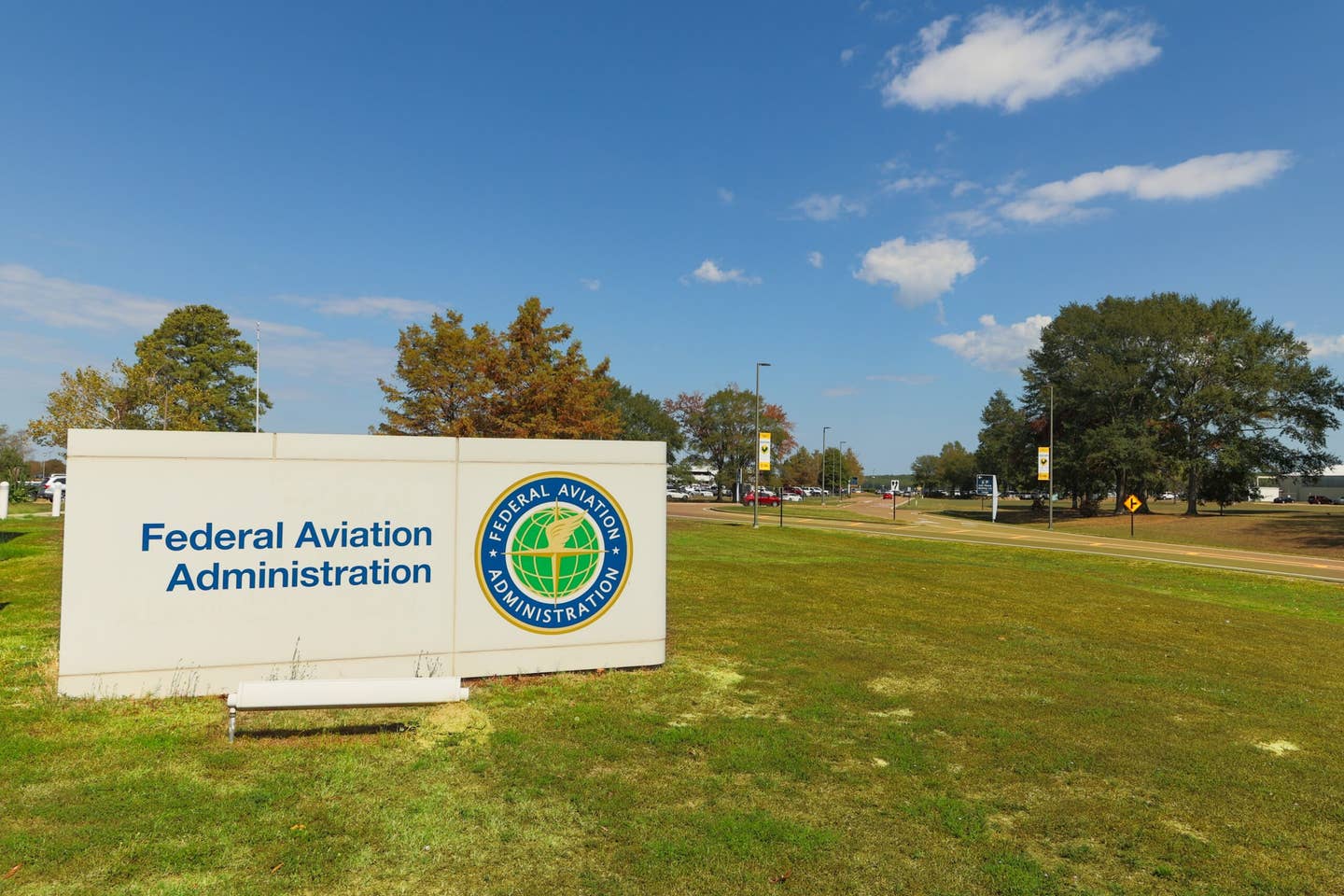
The Commemorative Air Force confirmed the names of the B-17 Flying Fortress and P-63 Kingcobra flight crews involved in the accident during the Wings Over Dallas airshow. [Courtesy: Commemorative Air Force]
The go-team from the National Transportation Safety Board (NTSB) is painstakingly sifting through wreckage of two World War II-era aircraft that collided midair during the Wings Over Dallas airshow on Saturday. Six people were killed—five on the B-17G Texas Raiders and one on the Bell P-63F Kingcobra.
Both aircraft, B-17G, N7227C, and Bell P-63F, N6763, are registered to the American Airpower Heritage Flying Museum. Both were part of the Dallas, Texas-based Commemorative Air Force, a non-profit organization dedicated to preserving and showing historical aircraft.
The CAF has released the names of the pilots killed in the accident. Aboard the B-17G: Terry Barker, Dan Ragan, Leonard “Len” Root, Curt Rowe, and Kevin “K5” Michels. Aboard the P-63F: Craig Hutain.
The accident happened in full view of the spectators, many of whom caught the event with smartphone cameras. These images quickly flooded social media and the accident was viewed from several angles.
During a press conference held late Sunday, Michael Graham of the NTSB requested that, "If anyone in the public has photos or videos of the accident, we would like to ask that you please share them with the NTSB; send to: witness@NTSB.gov."
What Happened
The accident occurred at approximately 1:22 p.m. local time at Dallas Executive Airport (KRBD) during the air parade of World War II aircraft.
According to multiple video sources, the P-63F appeared to be at a slightly higher altitude as it came from behind and from the left of the B-17G and then entered a descending left turn. The P-63F struck the B-17G at the bomber’s radio compartment. The impact cleaved the larger airplane in two, and both aircraft disintegrated in a fireball, with the wing and cockpit section of the B-17G cartwheeling towards the ground. The bulk of the wreckage landed on airport property, although some did come down on a nearby highway.
Both the airport and the highway were closed immediately so the accident scene could be secured. The highway was reopened after a few hours, the airport closed for the rest of the weekend, and the remainder of the air show was canceled.
The Investigation
According to Graham, the investigation is multi-faceted.
"We are analyzing radar and video footage to pinpoint the exact location of where the midair occurred.
“The debris field is scattered with the majority of the wreckage on the airport property. The debris which landed outside the airfield was documented and recovered by the Dallas police department and turned over to the NTSB," said Graham.
According to Flightaware.com, the B-17G was in the air for approximately 11 minutes before the collision. The P-63F was airborne for 6 minutes. When the collision happened, there was confusion from the audience, some wondering if it was part of the show—then the realization of what happened sunk in as emergency crews swarmed the scene.
Airshows and aerial displays like the one planned for Wings Over Dallas require meticulous planning and extensive pre-briefings that culminate in a pre-show briefing typically two to four hours in length.
Separation of aircraft is provided both by altitude—for example, having the bombers at one altitude and fighters and liasion aircraft at another—and laterally using ground references such as taxiways or highways near the airport. Some pilots are instructed to fly over certain landmarks while other pilots in different aircraft are instructed not to traverse those areas. This ensures the orbits of the aircraft do not cross.
In addition, emergency procedures are discussed, for example, aircraft may be instructed to depart the pattern and orbit over a specific geographic point at a specific altitude until air traffic control can sort the situation out.
In many of the older aircraft, visibility is minimal because of their design. For example, in the B-17G, the only way the crew can get a rear view is if someone is in the tail turret or looking out of the top turret. Neither of these is standard practice during an airshow, according to sources for this article.
Graham noted that one of the questions the NTSB is looking at is why both aircraft were at the same altitude. "The NTSB is gathering all perishable evidence and our team is methodically and systematically reviewing all evidence and considering all potential factors to determine the probable cause."
The CAF is assisting in the investigation by sharing the aircraft maintenance records as well as pilot training records. The pilots who fly the CAF aircraft are volunteers, often retired or current airline pilots with thousands of hours, or retired military pilots, or a combination of both.
Pilots must apply to become a CAF pilot, and there is a selection process followed by an extensive training program that is aircraft specific and includes extensive ground schools and check rides that are mandatory and not waiverable, no matter how much experience the pilot applicant brings to the table.
The NTSB will likely have a preliminary report on the accident in 4 to 6 weeks, the final report can take a year to 18 months.
FLYING will continue to provide updates as they are available.

Sign-up for newsletters & special offers!
Get the latest FLYING stories & special offers delivered directly to your inbox






